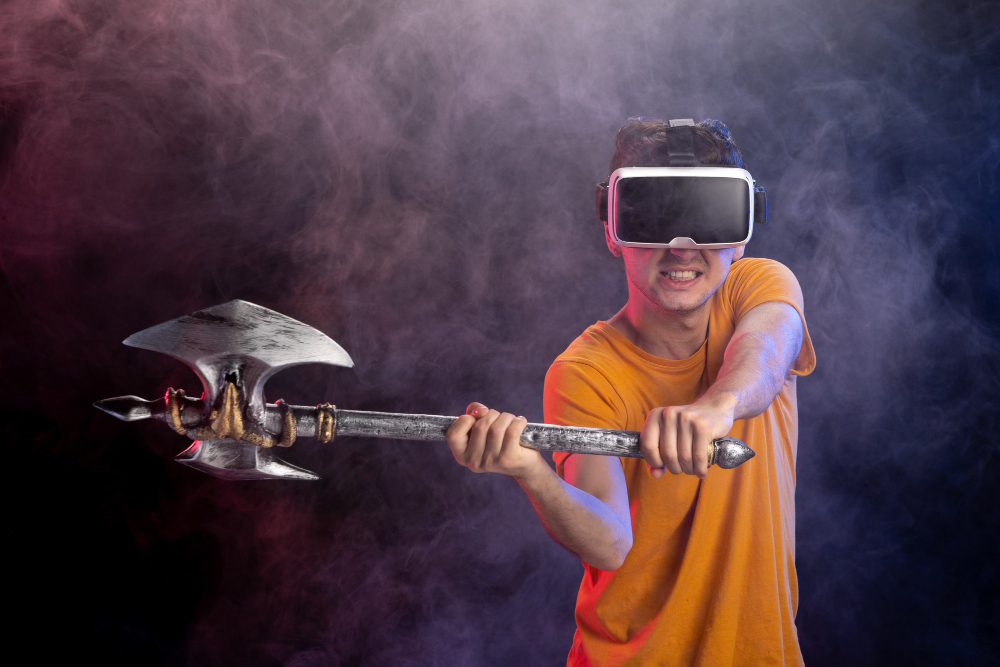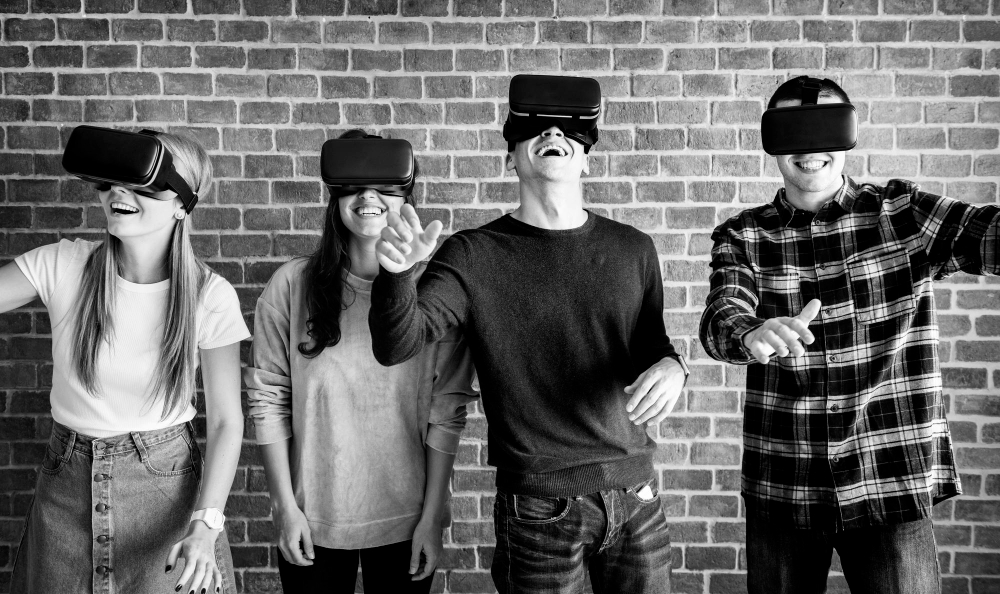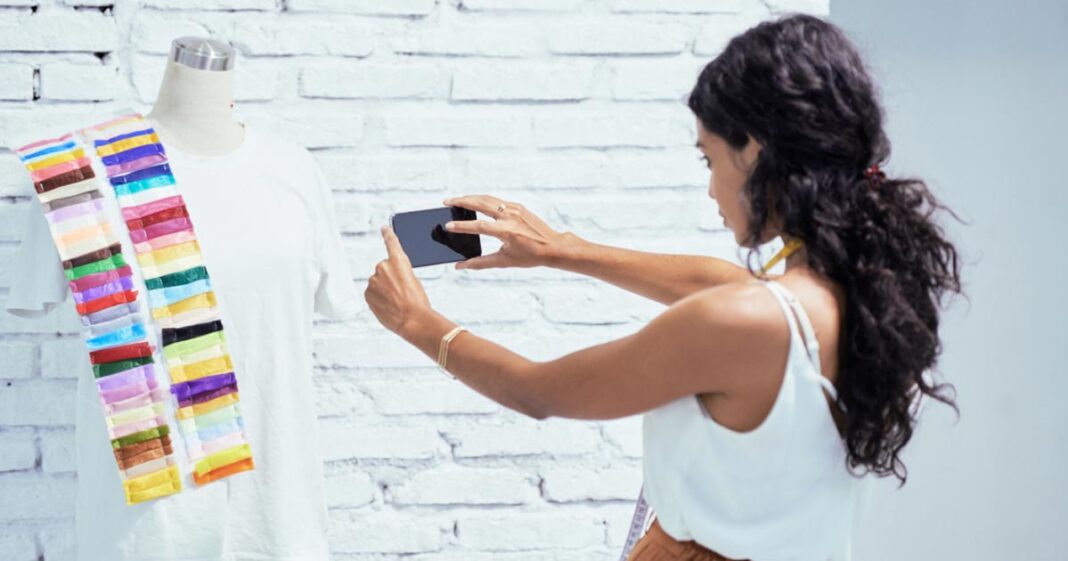India’s Global Recognition in Virtual Museum Innovation

Imagine walking through the halls of the Ajanta Caves or stepping inside the Thanjavur Brihadeeswara Temple—all without leaving your home. This isn’t a futuristic fantasy anymore. In 2025, Virtual Reality (VR) has become the new curator, pushing Indian museums to evolve beyond physical walls.
As immersive technology becomes more accessible, India is witnessing a profound transformation in how art, history, and culture are preserved and presented. The question isn’t whether VR can replace traditional museums—but whether it should.
India’s First Fully Virtual Museum: BharatVerse
The Ministry of Culture, in partnership with TCS and Google Arts & Culture, launched BharatVerse, India’s first fully virtual museum, in February 2025. From the 3D-reconstructed ruins of Nalanda University to AI-guided walkthroughs of tribal art from Bastar, BharatVerse is a digital treasure trove.
Available on VR headsets and mobile apps, it offers language customization in 22 Indian languages and sign language options—making it the most inclusive museum platform in the country.
According to a report in The Hindu, BharatVerse had 3.2 million visitors in its first two months, outpacing most physical museums in India.
The Physical-Virtual Hybrid: National Museum’s VR Pods
The National Museum, New Delhi, hasn’t gone fully digital—but it has added immersive layers to its experience.
In 2025, it installed VR pods across galleries. Visitors can step inside a pod to watch animated stories of Mughal emperors, interact with digitized manuscripts, or even explore what the museum looked like in 1950.
Museum Director Dr. Ira Bansal told Times of India, “We’re not replacing the real—just enhancing it. Our goal is to make learning feel like time travel.”
This hybrid model won the UNESCO Award for Cultural Innovation this year.
Success Story: Aarav Kapoor’s ‘ArtLens India’ App
When 26-year-old Delhi-based coder Aarav Kapoor visited the Salar Jung Museum and found it difficult to relate to the text-heavy exhibits, he built a solution—ArtLens India, a VR app that offers immersive interpretations of major Indian artifacts.
Launched in early 2024, the app allows users to view exhibits with voiceovers by historians, interactive touchpoints, and even Bollywood narrations for Gen Z appeal.
In January 2025, Kapoor was featured in India Today’s “Young Achievers” and was awarded the National Innovation in ArtTech Prize.
The Metaverse Factor: NFTs and Virtual Exhibitions
India’s contemporary artists are now exhibiting solely in virtual museums on platforms like Decentraland and Spatial.
- Rekha Rani, a Gond artist from Madhya Pradesh, launched her VR-native art exhibit in March 2025 titled “Dreaming in Dots.” Her work was minted as NFTs and displayed in the virtual gallery TribalVibe—earning her ₹22 lakh from international buyers.
- Fashion-tech house Fabrik.IN turned its digital fashion collection into a VR museum walkthrough where visitors could “wear” art via avatars.
The appeal? Accessibility and permanence.
“Unlike physical galleries, VR never closes, and art can’t be stolen,” says Nandini Rao, a VR curator working with Kochi Biennale Foundation.
Making Museums Accessible for All
VR is proving transformative for the differently-abled. Platforms like InclusiVerse India, founded by Bengaluru-based activist and designer Ritika Shah, offer haptic feedback VR gloves for blind users and audio tours narrated in simplified language.
“VR gave me the ability to ‘see’ the Taj Mahal for the first time,” shared 17-year-old Ajay Meena, a visually impaired student, in an interview with The Indian Express. “I felt the domes, the arches, the walls… I cried.”
This initiative won the Microsoft AI4Accessibility Award and is now being funded by the Government of Karnataka for statewide adoption.
Challenges: Can Pixels Replace Patina?
Despite the excitement, purists are cautious.
“You can digitize an experience, not an aura,” says Padma Shri recipient Rajeev Sethi, designer and cultural advocate. “The smell of old paper, the chill of stone walls, the echo in a gallery—these cannot be coded.”
Curators at the Chhatrapati Shivaji Maharaj Vastu Sangrahalaya in Mumbai echo this sentiment. They have introduced VR tours but maintain that physical artifacts are irreplaceable carriers of soul and time.
Education & Outreach: Museums in Indian Classrooms
Thanks to VR, museums have entered schools—especially in Tier 2 and Tier 3 cities.
Under the Rashtriya Shiksha Abhiyan 2.0, government schools in states like UP, Odisha, and Tamil Nadu are receiving VR museum kits, enabling students to explore Indian art and history as part of their syllabus.
12-year-old Meenal Joshi from Barabanki visited 18 Indian heritage sites using VR goggles. “I now want to be an archaeologist,” she said in a feature by Dainik Jagran.
Global Recognition: Indian VR Museums Win Big
India’s virtual museum innovations haven’t gone unnoticed.
- The BharatVerse won the 2025 World Museum Tech Award in Berlin.
- The Kochi-Muziris Biennale launched a VR-only satellite event called “SwarGhar”—Homes of Sound, showcasing Indian instruments in immersive sonic environments.
- Indian VR artist Neel Kashyap was recently invited to showcase his piece “Partition: A Walk Through Pain” at the Venice Virtual Biennale.
The Verdict: Complement, Not Replace
In 2025, the future of museums in India lies in coexistence. Virtual Reality offers an expansive, inclusive, and borderless experience. But physical museums remain irreplaceable anchors to authenticity and emotion.
As artist Rekha Rani puts it: “The virtual lets my art fly. But the physical—that’s where it was born.”
Conclusion: Museums Evolve, Culture Endures
India’s cultural legacy is too vast for one space. But thanks to VR, it’s no longer trapped in glass cases or dusty corridors. It’s alive in apps, classrooms, headsets, and hearts.
The museum of the future may not have walls—but it will have windows. And through them, generations will gaze not just at history—but into it.




